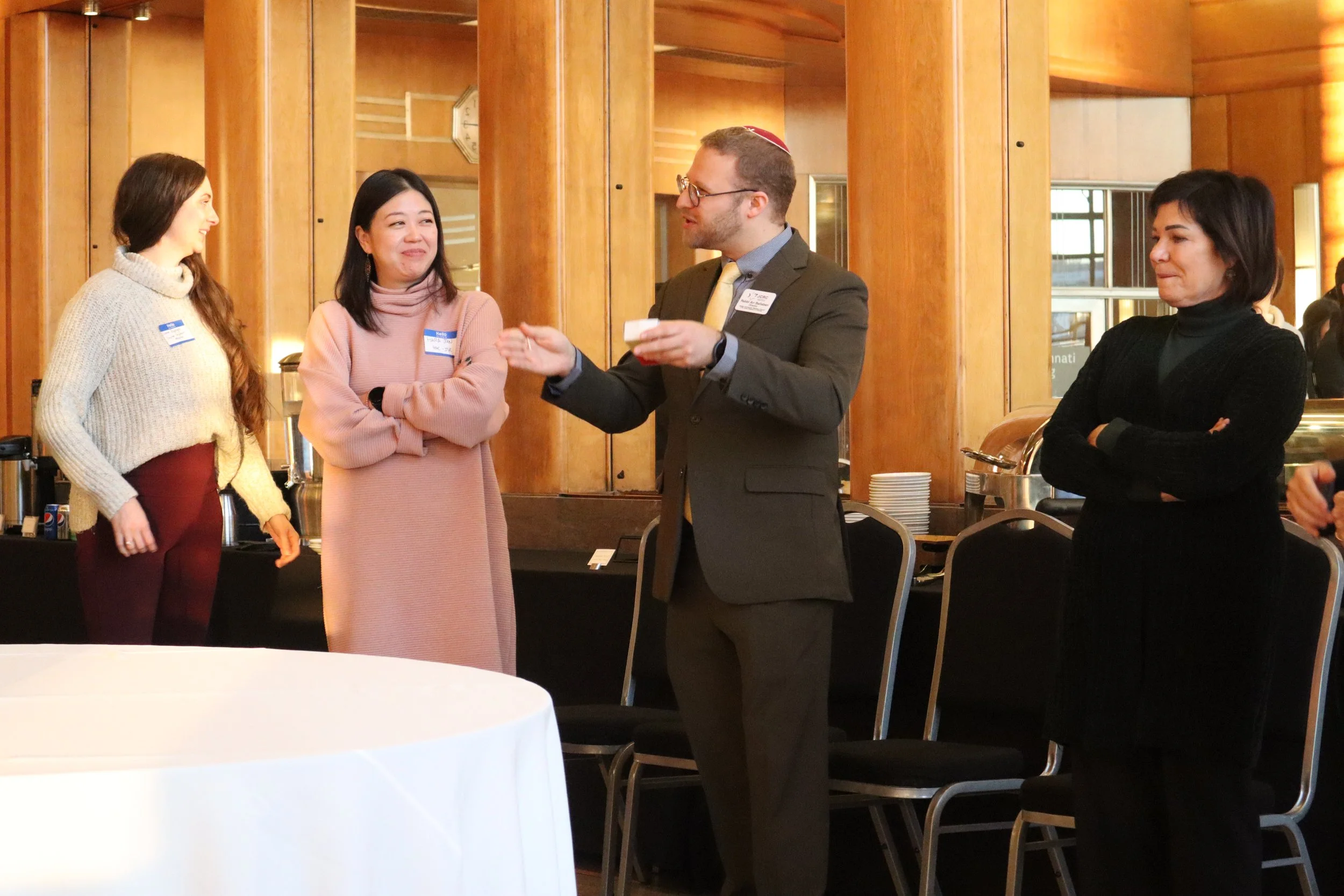Facts vs. Narrative (Temple Beth Or)
“When peace comes, we will perhaps in time be able to forgive the Arabs for killing our sons, but it will be harder for us to forgive them for having forced us to kill their sons.”
As I sat heavy-hearted, reflecting on May’s bloody clashes between the IDF and Gazan protestors (many of whom were backed by Hamas), these famous words—attributed to Golda Meir—kept coming to mind. In many ways, her sentiment is fair; however, it is also quite gruesome. It is unfathomably sad to acknowledge that anyone could be “forced” to kill someone else’s child.
Meir was not the first Jewish authority to consider a matter of this kind. The Babylonian Talmud contains words that acknowledge a similar reality. It teaches* that bystanders must kill rodfim—those who pursue innocent people, intending to kill them—rather than let those who are innocent die. Surprisingly, though, the Talmud also teaches the following lesson† in a nearby and important gloss: If you are confronted by someone who says you must either (A) kill an innocent person or (B) let yourself be killed, you must choose option B. You are supposed to allow your own death rather than become a murderer. As the text (originally in Aramaic) elegantly wonders: “Who is to say that your blood runs the most red? Maybe that man’s blood is [actually] redder?”
How odd it feels for the Talmud to hold such seemingly‡ contradictory perspectives and to not to see them as conflicting with one another! Perhaps, though, we should not be too surprised by this juxtaposition. Sometimes, narratives are more central to how we view the world than history, ideological consistency, or facts.
In fact, Yossi Klein Halevi—the famed Israeli journalist—made this idea the centerpiece of a recent article (“Israelis and Palestinians need to honor a two-story solution in the Middle East,” in the Los Angeles Times on the 13th of May—worth reading!), opining that “each side needs to acknowledge the right of the other to define itself as a people entitled to national sovereignty.” As he explains, both Israelis and Palestinians would do well to stop trying to invalidate each other’s narratives. Instead, all would benefit from working hard to hear one another’s story.
The primacy of narratives over facts or history applies even within inner-Jewish dialogue. Recent research has suggested that the quote I mentioned above, attributed to Golda Meir, may well have never passed her lips. There is no evidence—neither audio/video recordings nor written records—that she actually said anything of the sort. However, these words still carry substantial weight in Jewish narrativizations of the Israeli-Palestinian conflict.
If Meir truly wasn’t responsible for this quote, she is not alone in having had words that are culturally significant in Jewish/Israeli discourse falsely identified with her. Joseph Trumpeldor, who died in 1920 defending a Jewish settlement in the Galilee and was one of the great Zionist heroes of the late 19th/early 20th centuries, classically is known as the man whose final words were: “tov lamut be’ad artzeinu,” “it is good to die for our land.” These words became a rallying cry for generations of Israel’s defenders. The only problem? Modern critical historians increasingly question whether Trumpeldor actually said this, even suggesting that—if he uttered them at all—he may have meant the opposite!
As a rabbi and historian, I value the pursuit of truth and the effort to better understand the events of our past as much as anyone. Facts do matter. However, sometimes history’s contemporary meaning is not so much about “what actually happened,” but about how we internalize our story—about how we make our history speak to our circumstances and craft our narrative. Of course, this is a dangerous truth: It means that people can deceptively frame history in order to suit their own needs. Nevertheless, accepting it can free us to focus on hearing and appreciating the stories of those around us. While we must always protect ourselves, we should always strive to appreciate the humanity of “the other” and (as the Talmud might put it) remember the redness of every person’s blood.
* Sanhedrin 73a
† Sanhedrin 74a
‡ There are, of course, meaningful distinctions between these two texts—primarily they hinge upon whether or not the person you would kill poses a threat to someone who is innocent. Even still, the attitudes contrast strongly.

